Blindness and tunnel vision define today’s healthcare. Doctors only treat what they see, and only see what they know. Without dynamic imaging, which is only possible with ultrasonography, we can only see static images of isolated structures — MRI cannot tell us how the body’s structures interact, or how injured tissues affect muscles, fascia, ligaments, tendons and nerves.
The human body is greater than the sum of its parts. It is a complex organism made up of integrated systems designed to work in harmony. If we only focus on isolated structures, we cannot restore functional mobility. Only holistic treatment can completely resolve pain syndromes and movement disorders. – Dr. Lev Kalika
Our team of interdisciplinary musculoskeletal practitioners leverage the most advanced technologies and methodologies to provide our patients with the best available evidence-based treatment options. Our personalized one-on-one approach to patient care ensures that your customized treatment protocol leads to successful outcomes.
NYDNRehab features on-site dynamic imagi ng with high-resolution diagnostic ultrasonography, for fast and accurate diagnosis in real time. Our research-grade motion analysis lab is customized with proprietary software, to provide data-driven insights into motion and gait deficits that contribute to pain, injury and dysfunction. We quantify your progress step-by-step, until your goals are reached and pain-free functional movement is restored.
NYDNRehab is broadly recognized as the clinic of choice for holistic regenerative and rehabilitative medicine. We have been selected year after year by Expertise.com as one of NYC’s top-20 physical therapy clinics.
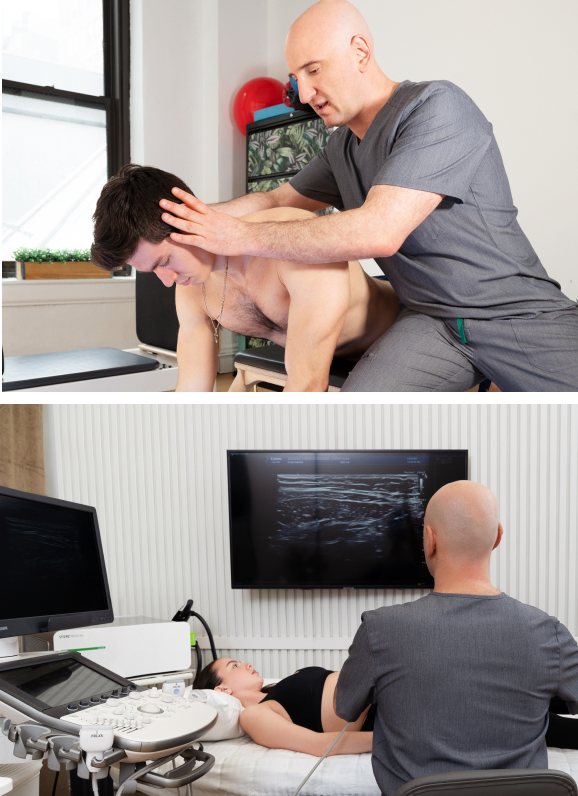
Physical therapy is a valuable component of rehabilitative medicine, but it is rarely a stand-alone solution to pain and dysfunction. Prior to beginning physical therapy, we need to address underlying issues that inhibit functional movement, as there is no point in training dysfunctional joints and muscles.
Unfortunately, most mainstream physical therapy clinics do not have the technology, expertise or experience to identify and treat complications that undermine the effectiveness of physical therapy. They often rely on one-size-fits-all treatment protocols that overlook the unique characteristics of individual patients and their injuries. At NYDNRehab, we identify and treat underlying issues prior to beginning physical therapy, for fast and effective results.
“Anatomy is to physiology as geography is to history; it describes the theatre of events.” – Jean François Fernel, 16th-century French physician who coined the term “physiology”
The human body is made up of integrated parts and systems, designed to work in harmony. Today’s modern reductionist approach to medical treatment fails to acknowledge the integral relationship between structure and function, focusing on the locus of pain without considering its broader implications.
When you are injured, pain tells only part of the story. Most injuries involve multiple structures and tissue types. Pain is a symptom that signals your brain to protect and heal the damaged tissues, but treating pain symptoms alone will not resolve your condition. It is not uncommon for an injury to stop hurting while damaged structures remain untreated.
At NYDNRehab, we take an integrative approach to diagnosis. A personalized holistic exam underscores the success of integrative medicine. Our diagnostic process looks at the big picture, taking into account the interrelated nature of the body’s structures and systems. We use high resolution diagnostic ultrasound to confirm the findings of our clinical examination, and dig deeper to discover the full scope of your injuries.
Our ultrasound exam takes place on-site, on your first visit. Unlike MRI, ultrasound is clinically friendly and allows us to examine multiple areas of the body in a single session – with no waiting for lab results! Ultrasound imaging helps us determine whether structural (anatomical) changes are causing pain and dysfunction, or if dysfunction is causing structural changes.

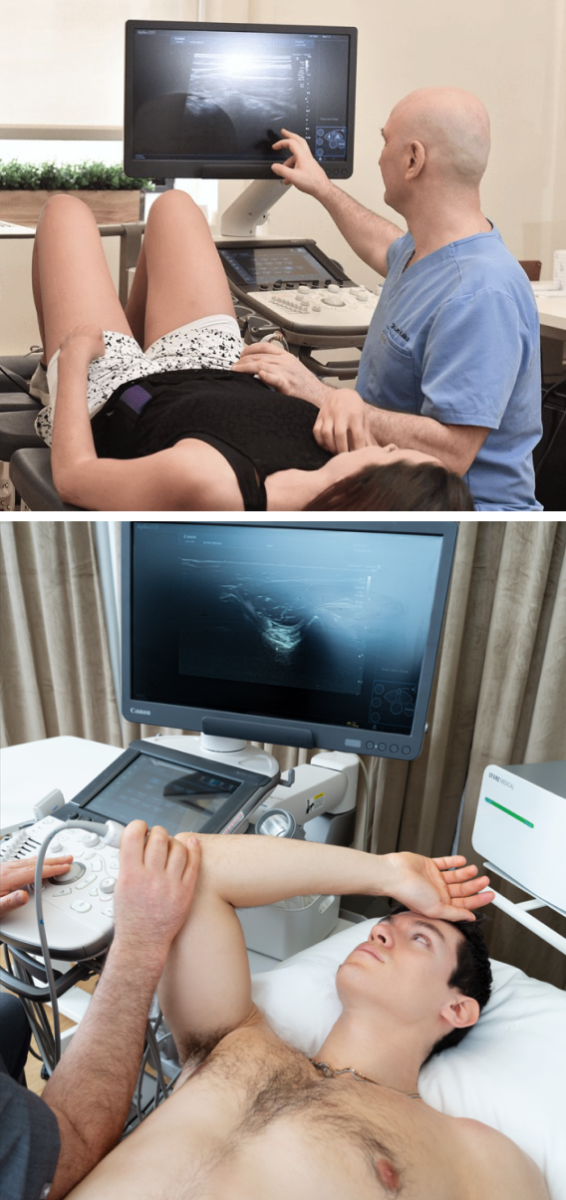
Injuries and movement disorders almost always involve more than one structure or tissue type. Unless we can see the affected area in motion, it is impossible to get an accurate picture of the extent and type of tissue damage. MRI is widely used as an imaging modality, but MRI can only give us static images of an isolated structure or area. Only dynamic ultrasound imaging can show us how the various tissues and structures interact.
Dynamic diagnostic ultrasound lets us:
Visualize the actions and recruitment patterns of individual muscles
Compare structures on opposite sides of the body (injured vs uninjured)
Replay images in slow motion, to make comparisons and calculate specific properties, like muscle pennation angles
Visualize fascia gliding to detect densified fascia and adhesions that inhibit movement
Visualize tendons and tendon synovial membranes
Image the interactions of muscles and fascia during complex multi-joint movements
Visualize nerves and blood vessels as they glide among other structures
Traverse the length of long structures like bones, muscles and nerves
Elicit patient feedback throughout the imaging process
Our integrative approach to physical therapy leverages the most advanced technologies and methodologies available for diagnosis and treatment. We pretreat your condition with regenerative and orthobiologic therapies prior to beginning physical therapy, to ensure you get the most from your physical therapy sessions.
Our unique approach to patient care sets us apart from other providers:
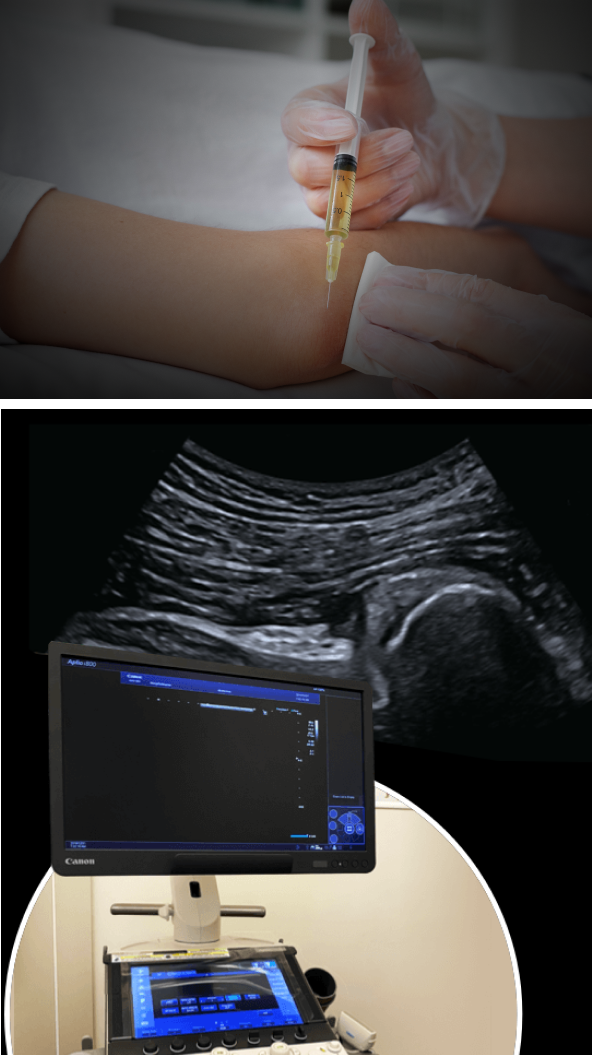
Recent advances in research and technology have equipped us with a new class of holistic therapeutic medicine that taps into the body’s innate healing mechanisms. By stimulating tissues at the cellular level, we are able to activate growth factors that jump-start the healing process
Our regenerative therapies include:
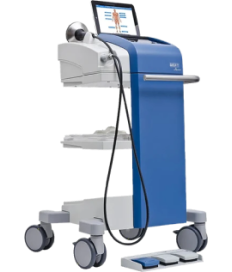
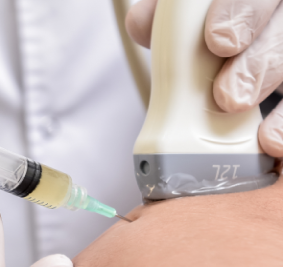
The human movement specialists at NYDNRehab work hard to keep pace with the latest trends, therapies and technologies in rehabilitative medicine, to give our patients the best possible care. Many of our therapeutic approaches cannot be found in typical physical therapy clinics.
Your spine provides a protective structure to safeguard your central nervous system, ensuring clear and efficient signaling between your brain and body. But the spine's mobile architecture makes it vulnerable to misalignment and forces that place pressure on sensitive nerves, causing pain and reduced mobility. Chiropractic care is aimed at optimizing your central nervous system by maintaining the integrity of the spinal structures.
Mobility and stability depend on strong and balanced muscles and fascia to provide tension that controls movement. Tensile integrity – aka tensegrity – is achieved by strengthening weak muscles, stretching tight muscles, and eliminating fascial densifications that can obstruct tissue gliding. Physical therapy aims to optimize movement by restoring structural integrity and efficient biomechanics.
Shockwave therapy leverages high-frequency sound waves to stimulate tissue healing. NYDNRehab is the only clinic in NYC to combine various shockwaves to target different tissue types. Our state-of-the-art equipment lets us adjust the depth, breadth and energy levels of shockwaves to dramatically accelerate the healing process.
MyACT is a new type of focused shockwave technology that allows for deeper compression of the focused waves. Its higher frequency transforms the mechanical energy of shockwaves into biochemical signals that repair and regenerate damaged tissues by stimulating the body’s own reparative mechanisms.
EMTT transmits high energy magnetic pulses to targeted tissues that synchronize with the body’s own magnetic fields, triggering a regenerative response. EMTT waves can penetrate deep tissues to target difficult-to-reach tendons, muscles, bones and nerves.
Transcutaneous neuromodulation is a non-invasive method of delivering high-intensity magnetic pulses to peripheral tissues, to stimulate neuroplasticity. The complex network of nerves and blood vessels in the shoulder region make them susceptible to compression and entrapment, causing pain and limiting motor function. We leverage this FDA-approved methodology to treat pain and regenerate nerve fibers, for enhanced motor control.
TECAR therapy helps to restore the ionic charge of damaged cells, for faster injury healing and rehabilitation.
HEIT uses electromagnetic fields to penetrate cells, tissues, organs and bones, to reactivate the electrochemical function of cells and cell membranes.
NEMS is a regenerative treatment often used after an injury, stroke, or other event that results in loss of muscle function. It delivers and electrical stimulus that helps to rehabilitate injured muscle tissue.
BFRT helps to rebuild muscle strength while joints and connective tissues are still healing by using a pneumatic compression device that promotes muscle hypertrophy at training loads 70-80 percent lighter than traditional resistance training.
Myofascial trigger points are tiny muscle spasms that can cause pain and dysfunction throughout the body. Dry needling under ultrasound guidance lets us accurately detect and deactivate trigger points, for immediate pain relief and restored functional movement.
Orthobiologic therapy uses cells from the patient's own tissues – most commonly blood, fat tissue or bone marrow – to stimulate growth factors in damaged tissues. This cutting edge approach injects cells and platelets directly into injured joints, ligaments, tendons, and cartilage, to reduce pain and inflammation, promote healing, and improve joint function.
Prolotherapy injects a biologically neutral solution to irritate damaged connective tissues, stimulating the body’s natural healing mechanisms and encouraging the growth of new normal ligament and tendon fibers.
Fascia is a network of thin tough connective tissue that encases and connects muscles and organs. Healthy fascia is elastic and slippery, keeping structures in place as you move and allowing nerves, blood vessels and muscles to glide freely among other structures. Damaged fascia can become densified and sticky, causing pain and hindering movement. Stecco fascial manipulation helps restore fascia tensegrity.
Densified and sticky fascia can adhere to other structures, entrapping nerves and impeding movement. Fascial plane release separates layers of fascia that are stuck to one another. Nerve hydrodissection releases nerves that are entrapped in densified fascia.
The DNA of human infants comes with software that helps them achieve developmental milestones during the first year of life. But as we age, lifestyle behaviors, injuries, and other issues can undermine our dynamic stability. Dynamic neuromuscular stabilization (DNS) therapy taps into your developmental software to restore dynamic stability.

Our clinic features the most advanced high-res ultrasound equipment for diagnosis and treatment. Advanced technology gives us capabilities for superb microvascular imaging (SMI) to detect signs of early healing, and sonoelastography, to test the density and elasticity of tendons and fascia.

We pair the most advanced technologies for biomechanical analysis with proprietary software, enabling us to measure and quantify mechanical parameters that affect efficient movement. Collected data is analyzed and a comprehensive report produced, equipping us with the information we need to correct motor deficits.
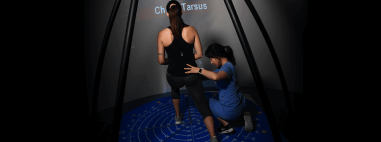
C.A.R.E.N offers a complex system of integrated technologies to analyze, assess, treat and rehabilitate pain and dysfunction, and restore optimal pain-free movement. This unique environment was designed for the military to rehabilitate injured soldiers, and is rarely found in private clinics.
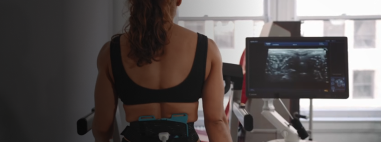
A chief advantage of ultrasonography is its ability to provide dynamic images in real time. Our high-resolution ultrasound equipment is more than just an advanced diagnostic tool – it is an invaluable tool for monitoring patient progress, calibrating muscle activation patterns, and more. Our ProbeFix wearable device lets us visualize the joints and muscles of athletes in motion as they rehabilitate injuries and perfect their athletic skills.
ShowMotion is an objective tool for joint movement analysis that uses motion tracking sensors, placed on the patient’s skin to collect data about movement quality. The patient performs a series of joint-specific movements, and the data is analyzed by ShowMotion's proprietary software and displayed on a computer screen. The collected information provides valuable insights about inefficient movement patterns, compensation patterns, and improvements in movement in response to therapy, enabling practitioners to personalize rehabilitation.
This cutting-edge technology can play a key role in postural restoration. ShowMotion can also contribute to athletic performance enhancement by measuring baseline joint kinematics and tracking the athlete's progress in response to training.